Here’s one of my favorite old sheet mulch installations from some old photos.
Before:
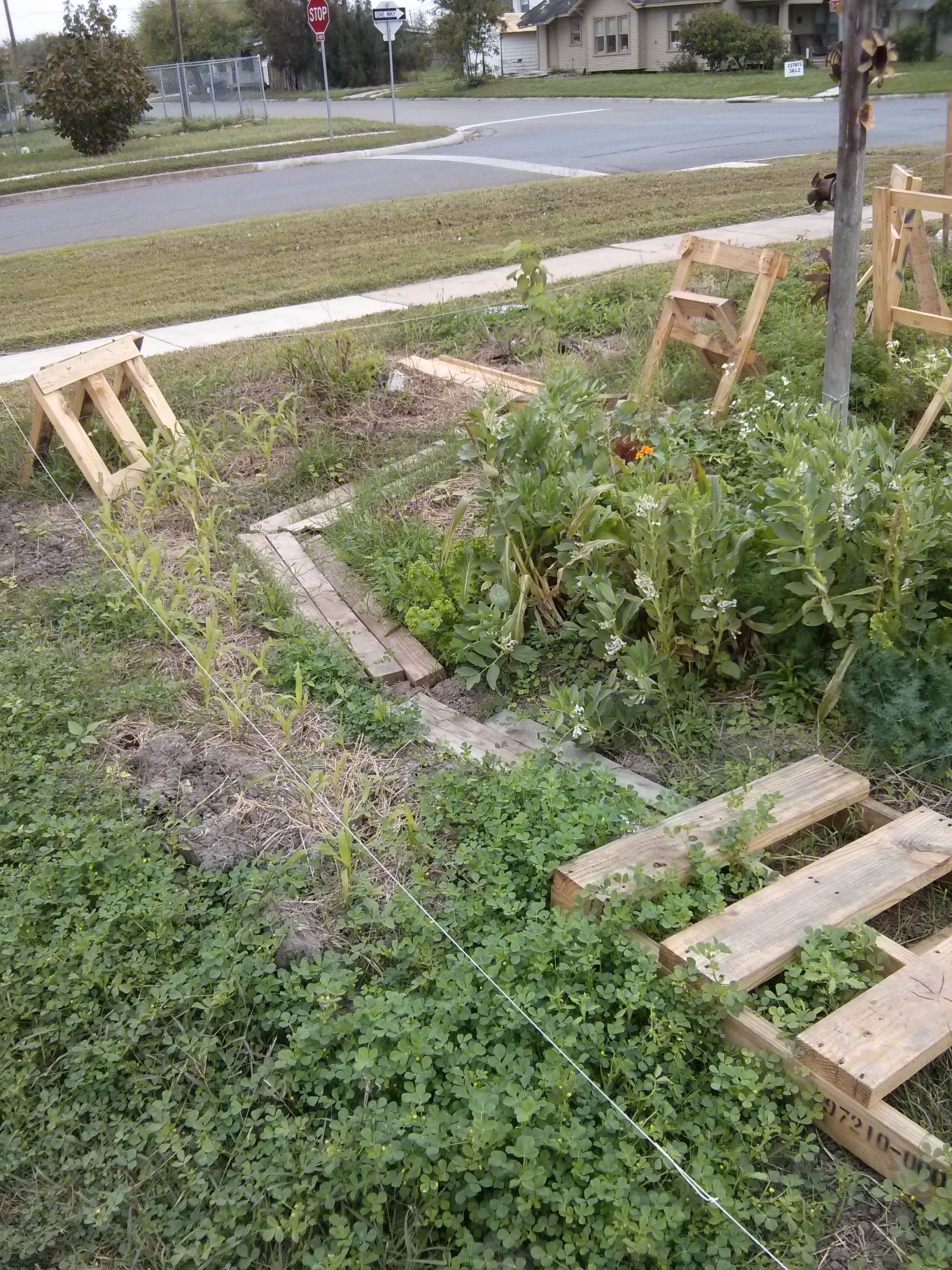
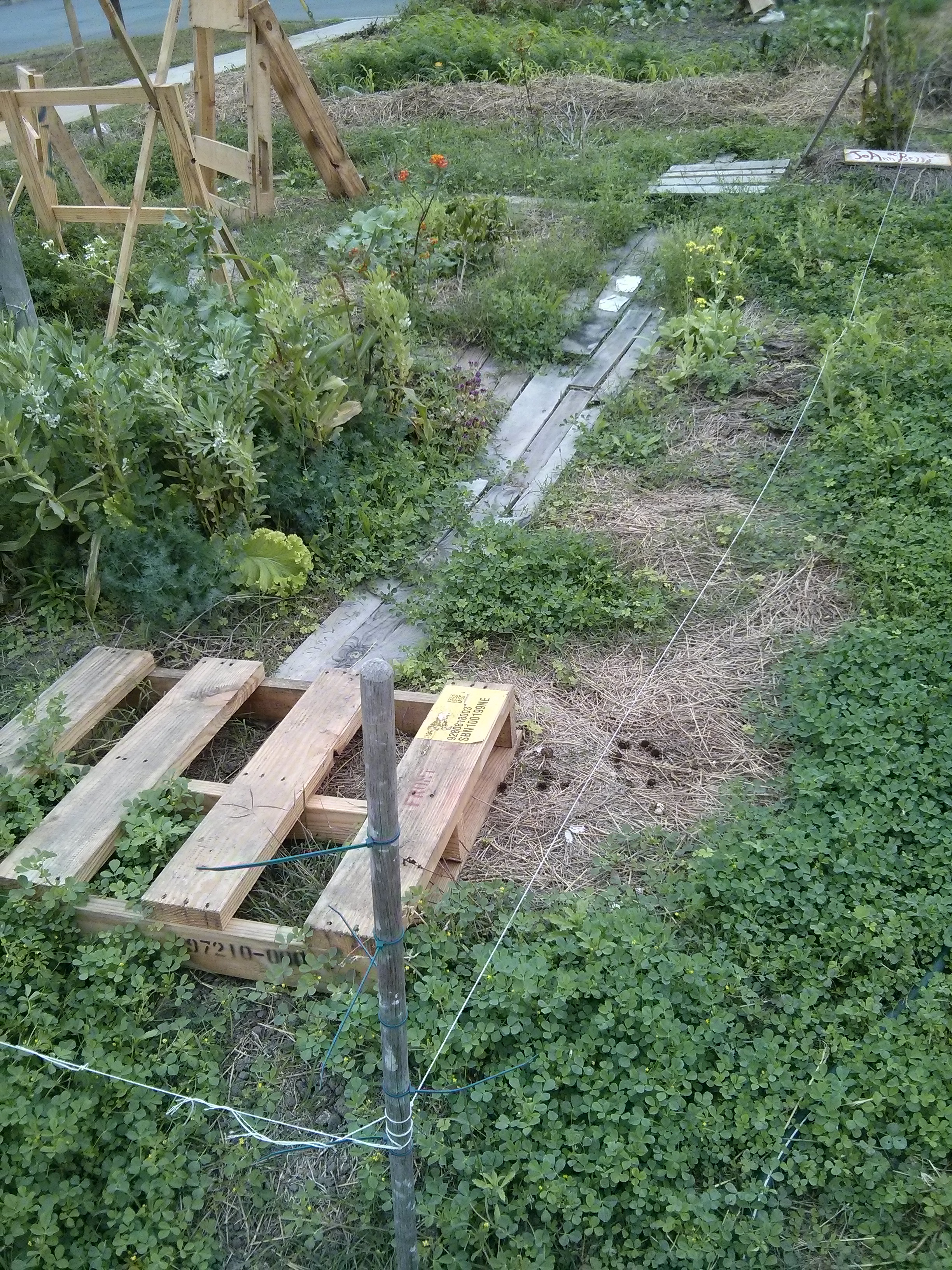
And After:
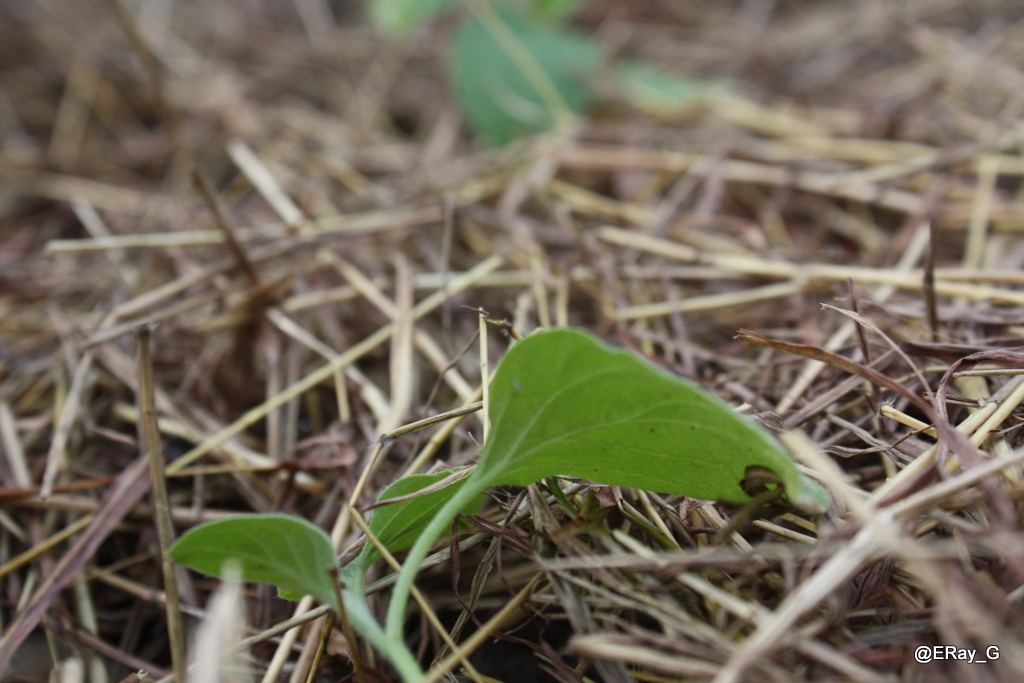
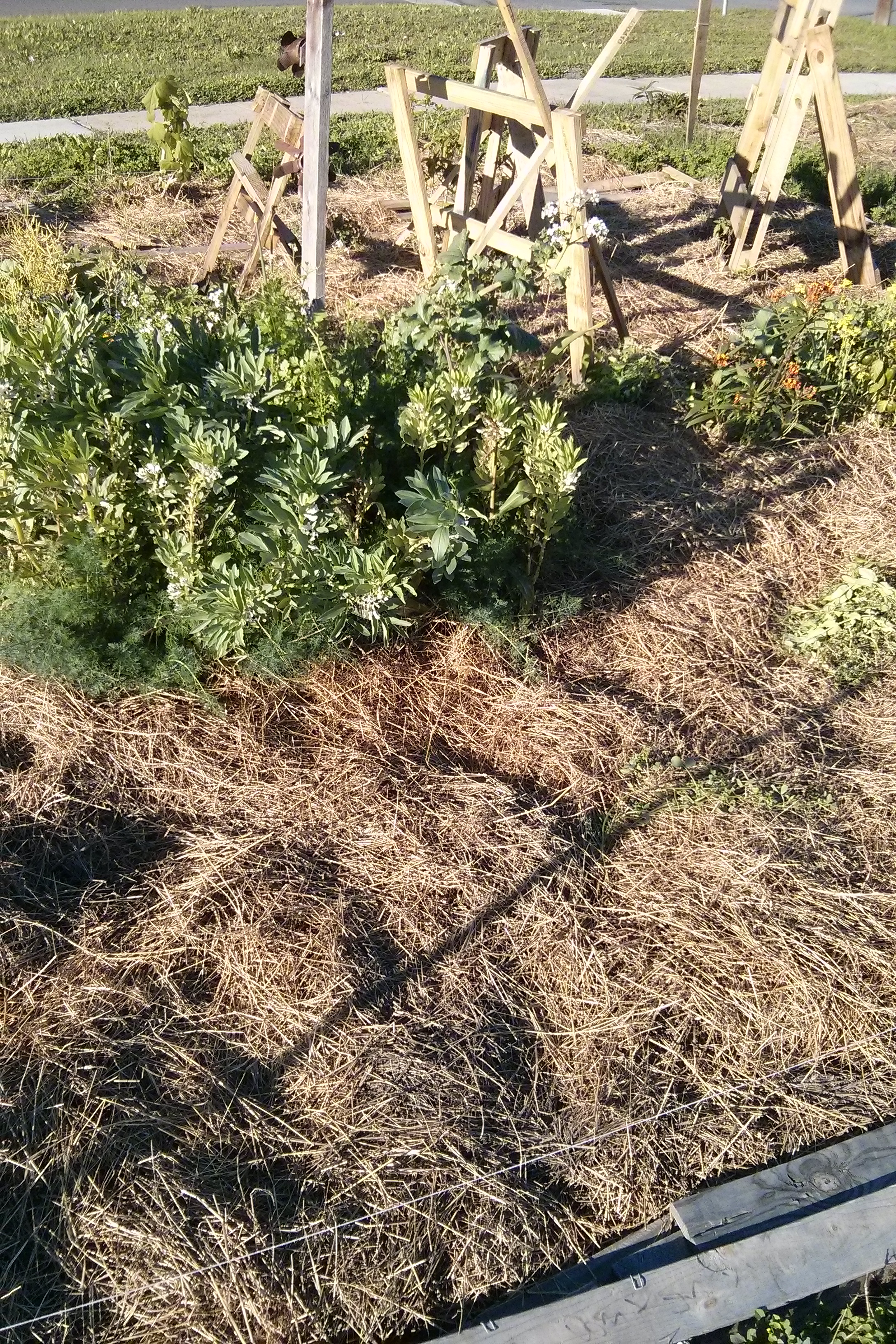
Since I moved into my new community garden plot last fall, I have been trying to scrounge, gather, or acquire, by mostly legal means, the materials to lay down a sheet mulch. I’m not talking about some Johnny-come-lately sheet mulch that the established bermuda grass is going to laugh at and brush aside. No, dear reader, I envisioned a sheet mulch for the ages. A sheet mulch of glacial might and imminence to smite that haughty grass all the way back to Bermuda and then, with a deserved air of nobility, proclaim to the world that my garden, this humble plot, is indeed the calm Zen center in the eye of the turfgrass storm engulfing my neighbors’ plots. That was the plan anyway, and I’m sure that the nice man donating the round bale of straw wouldn’t have been as many Months late delivering had he known that such a revolution of epic fertility and permaculture abundance was hanging in the balance.
Although I received all of the straw in one fell swoop, I saved up the cardboard little by little, assuring myself the whole time that I could find enough cardboard at any time. In this case, “any time” meant during the three weeks after the straw bale finally arrived because, as it turns out, I am a terrible estimator of how much cardboard it will take to cover an 18ft x 18ft square garden plot. I know, the math seems pretty straight forward, that is, until you start guessing how many square feet a pizza box will cover when it’s snugged up against an old shoe box and three Amazon.com gift boxes with the plastic tape hastily removed. However, I like to work in installments, so I finally made it over the hill.
The most fun and funniest part of the process was watching how my sheet mulch strategy both received strange looks from my garden neighbors while, apparently converting 90% of them over to sheet mulch for weed control. Many of the doubting onlookers turned up on the garden workday to lay down their own cardboard, topped with an inadequate layer of straw. Most of them are absentee gardeners, or I would tell them that when their cardboard is showing, it’s not only ugly, but it also dries out, breaks down more slowly and runs the risk of actually wicking moisture out of their soil instead of keeping it in. Oh well, we each have our own sheet mulch path to walk.
Lessons learned:
1. Do it all at the very beginning! (before you plant)
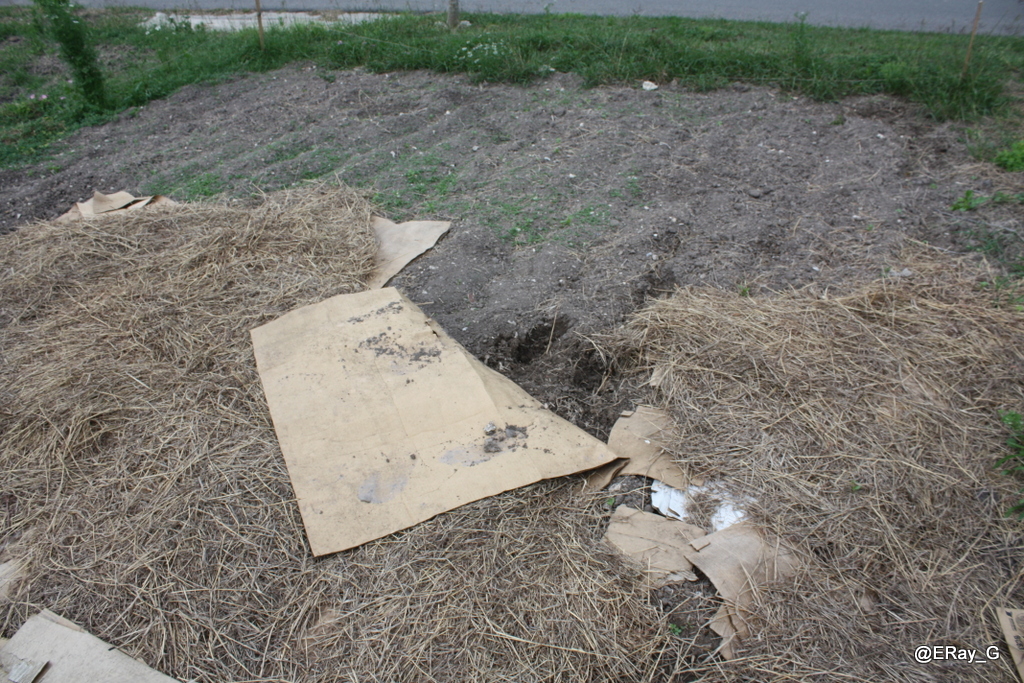
It was MUCH more tedious to weave in sheet mulch around seedlings or pre-existing plants than it would have been to plop down big fat rectangular sheets of cardboard onto an empty spot of ground.
2. Always dramatically overestimate the amount of cardboard or newspaper you will need.
At the end, it took me 5 trips to get to the garden with enough cardboard to finally get the job done. That’s 5 trips to cover a space that I already knew the exact measurements of beforehand. Bottom line, cardboard comes in many tricky shapes and sizes, so fish more of them than you think you need out of a dumpster or from behind a grocery store and make it all happen in one trip.
3. Bermuda grass is a terrorist. You cannot negotiate with terrorists.
Over the course of the piecemeal cardboard application, I kept the soon-to-be-cardboard-covered portions of the garden covered in the same 12 inches of straw mulch as the already-cardboarded. Seeing this new organic mulch layer as an invigorating challenge, the bermuda almost immediately poked through the deep mulch layer to celebrate my mulching inadequacy in the warm rays of the sun.
So far, I have been transplanting or direct sowing my spring plants into the sheet mulch by parting the straw mulch, piercing the damp cardboard below and then adding a ball of amended soil that is available at the garden until it is roughly halfway up to the mulch level. I have had good results with my earliest transplants and the seeds that were sown directly have germinated and look to be healthy.
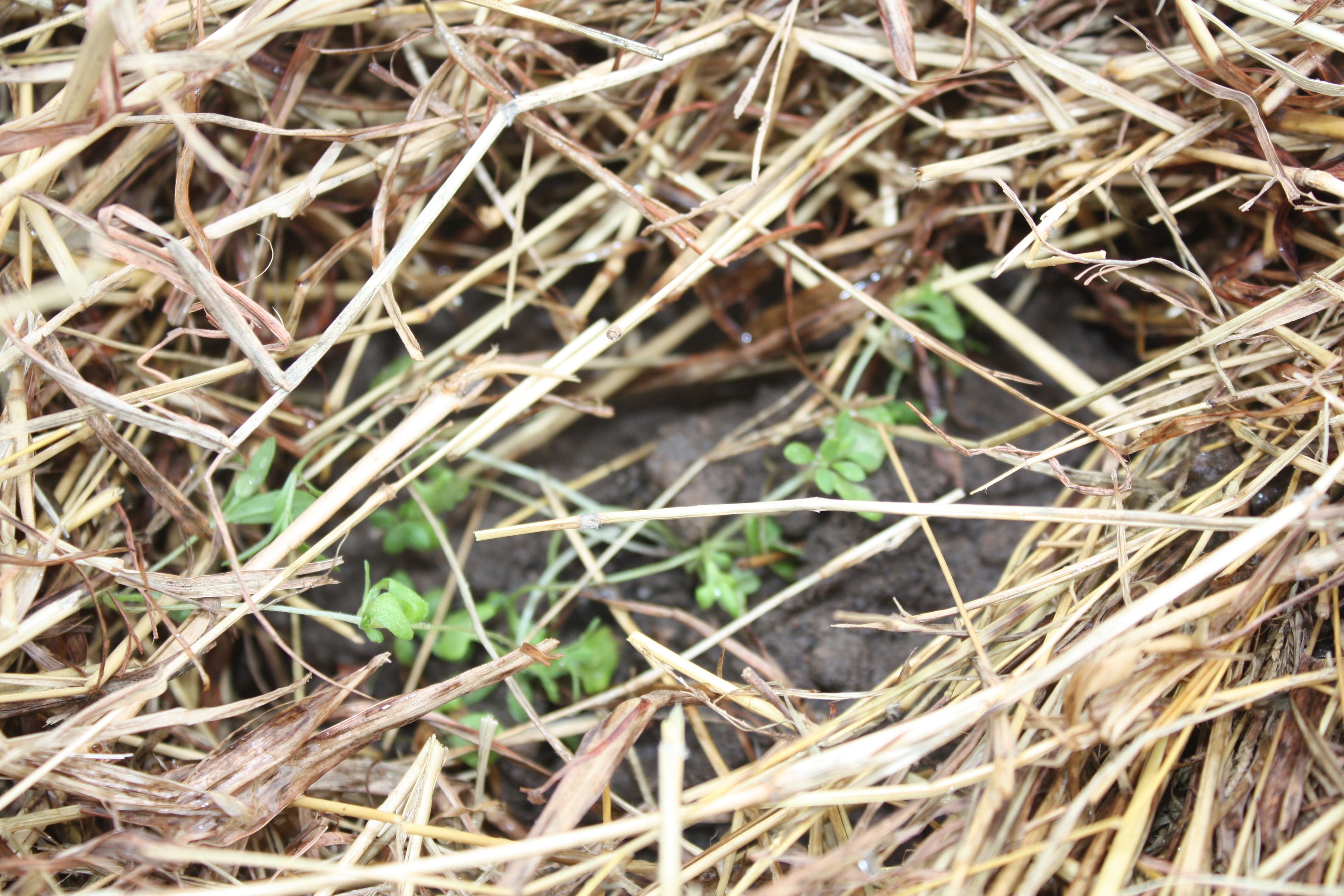
I’ll update this when I get a feel for whether the cardboard piercing was necessary for root contact with the underlying soil or I was just being paranoid about my plants needing “real” soil to grow when they have the sheet mulch goodness all around them.
Keep Growing,
E